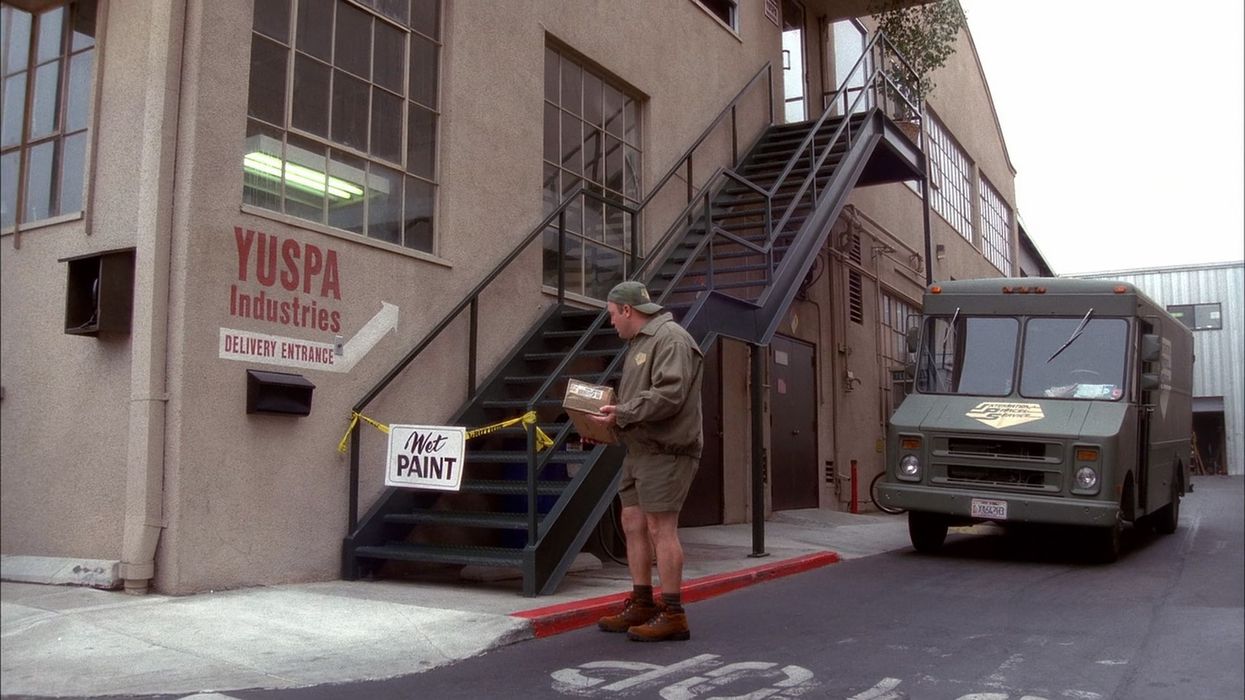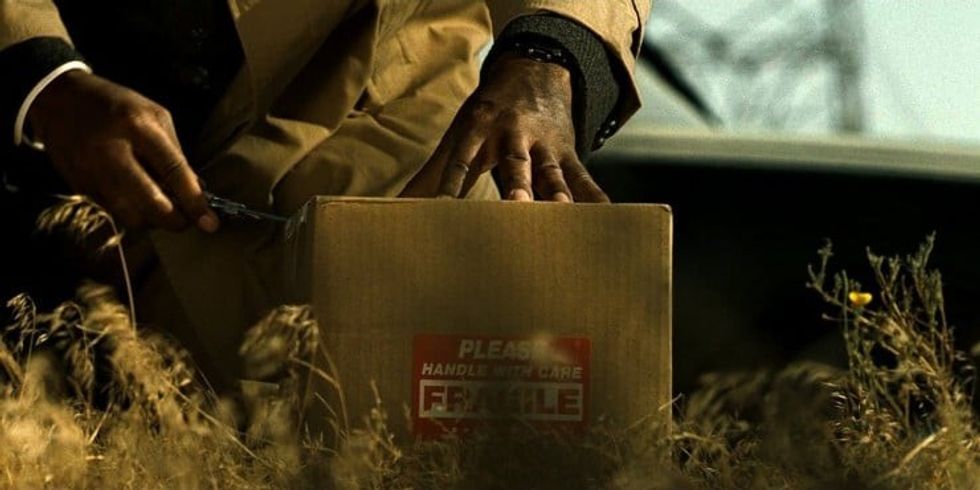Insane Low-Light Shooting: Testing the New SLR Magic 50mm f/1.1 on the Sony a7S II
An f/1.1 is just about near the threshold of how fast a lens can be, and the best low-light camera out there right now is the Sony a7S II. That's why Johnnie Behiri over at cinema5D took SLR Magic's newest lens for a spin on this camera. Here are his results:
Shot in 4K/25p, 100 Mbit, Slog-2, ISO 28,000 to 409,600, Edited on Adobe Premiere CC 2015, graded with James Miller’s DELUTs. NO de-noising of any sort was used. The “trick” is to use a LUT that can mask well most of it.
Apparently Johnnie had some concerns about the image quality of the lens, but since it's not out yet, SLR Magic has already heard from beta testers and will be addressing some of these issues:
From the two weeks of real life testing by several testers, we received 3 main concerns.
– Corner softness at infinity
– Sharpness at f/1.1
– Lens flare
We are currently making some changes within our capability to address the issues. The new changes would improve corner sharpness at infinity by approximately 20% but do not expect perfection after the changes. Sharpness at f/1.1 is not affected. Lens flare would be addressed with an optional lens hood.
Since SLR Magic has indeed said they are working on improving the lens, he's decided to hold off on the written review until the final units come in. Either way, the video posted above is simply amazing when you consider the conditions that Johnnie was shooting in. He posted an image of what the camera was seeing versus what his eye was seeing:
Now, people always come back and say, "Why would you ever do that, just light your shot." It's a valid point, but it's not always about cinema applications where we can control everything. Especially for documentary shoots with little crew, we can now get a cinematic result essentially working alone or just with a sound person. There are also locations that we may not want to disturb with lots of lights. Finally, shooting at a high ISO isn't always about just getting exposure only — getting cleaner high ISOs means that we can shoot at a deeper f-stop and therefore a deeper depth of field to keep our subjects in better focus, or for a different look. You might want to shoot at an f/4 or f/5.6 in a very dark setting, and having a camera that is relatively clean around 28,000 ISO can help tremendously.
The SLR Magic lens is available for pre-order right now in E-mount only (for $350), and I would expect it to get a little better before it ships for real. For more great videos from cinema5D, head on over to their website.
















